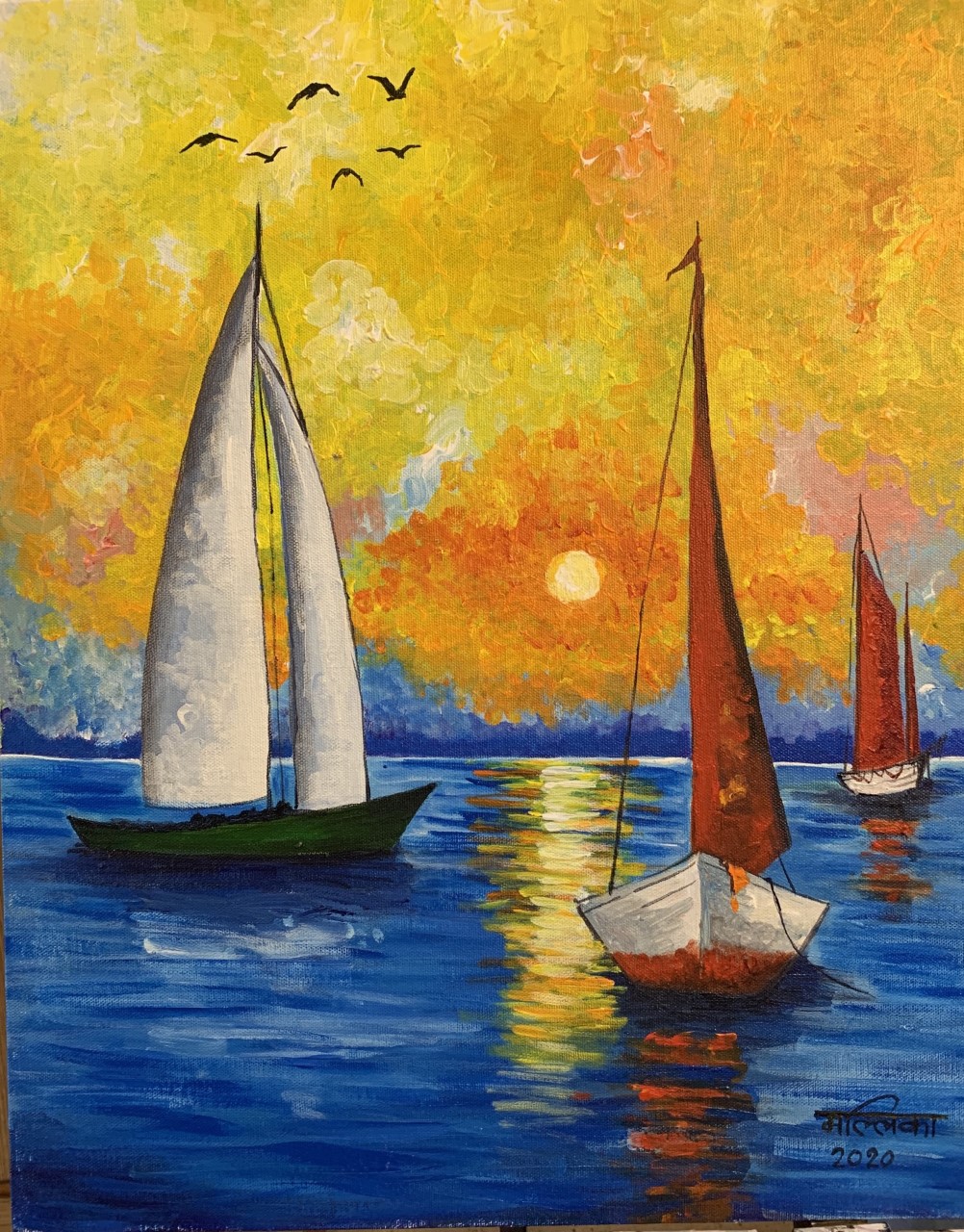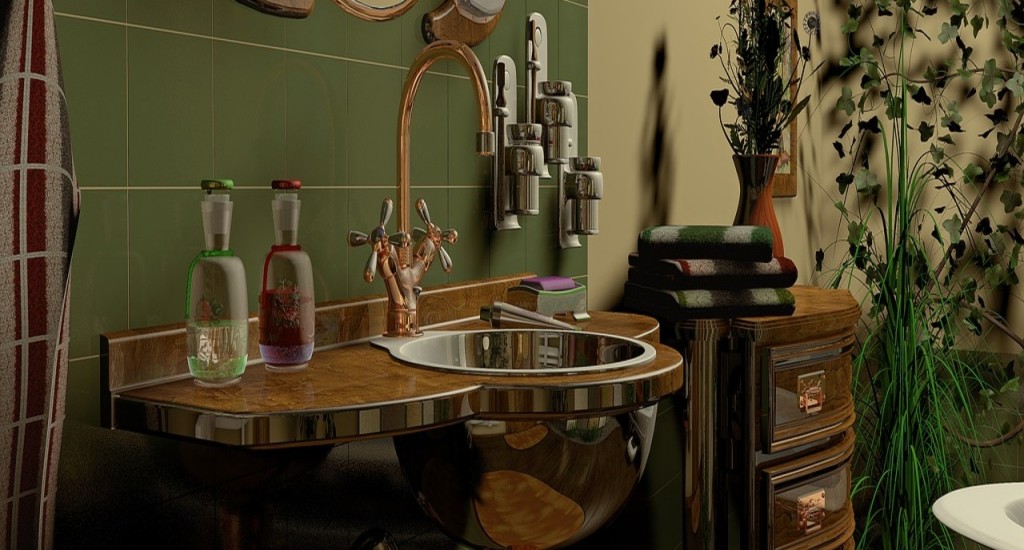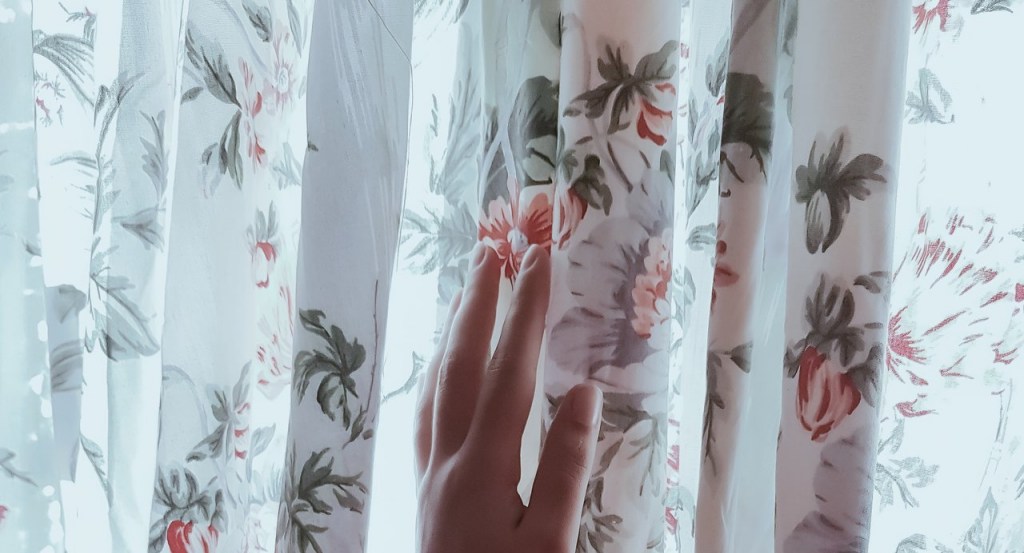Unforgiving in nature with slow drying time and consistency, paintings with oils can be quite overwhelming, particularly for young artists planning their first oil painting portrait. However, with proper techniques in your tool kit, you can use easily manipulate this medium on your canvas.
To help you get started painting with confidence we have put together some techniques.
1. Hold the paintbrush correctly
Though there are many different paintbrush grips that you can use while painting. However, there is one ‘go-to’ method that you should know, holding the brush handle far back towards its end. It may seem uncomfortable initially, but it will allow you to paint with the whole arm thereby giving a greater degree of control. Allowing you to get the most fluidity and sensitivity with your strokes, this grip works extremely well for abstract oil painting infusing new life.
While working on finer details especially in oil painting portrait, hold the brush gently close to the bristles, similarly to a pencil or pen. Holding it towards the bottom away from the bristles for a looser style of painting.
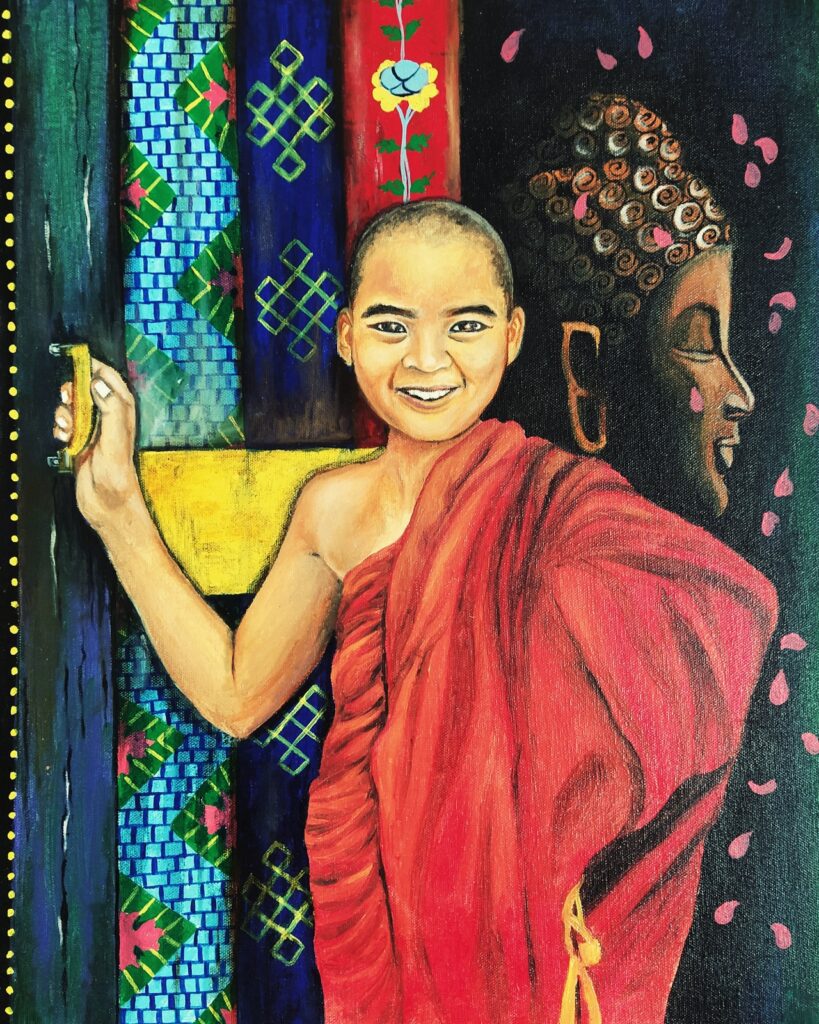
2. Utilize the brush orientation
Engrossed in painting, it is most likely that you will forget to put both the orientations of your paintbrush put to good use. Don’t limit yourself to utilizing only the brush’s flat side and creating wider strokes, instead turn on its side to add sharper marks or strokes.
Try to gain control over the lines with your brush orientation, it will allow painting faster and with greater versatility.
3. Vary the pressure
Don’t always have ‘heavy hands’ while painting with your paintbrush. Remember that the pressure you apply with a stroke can make a great difference between perfection and a mess, especially in abstract oil painting. The heavier pressure you apply, the more the oil paints will blend creating prominent ridges along the sides of the brushstrokes. Take time to get familiar with the effects your light, medium, and heavy strokes create on canvas and vary the pressure appropriately.
4. Put the power of mediums to good use
Working with oils is not solely about the paint. This versatile medium allows you to control it with the use of a painting medium, which is typically a balanced mixture of solvent and oil. For instance, adding lots of medium will make the paint flat and transparent like a wash, perfect for creating effects in oil painting portrait whereas adding only a little medium will impart them mayonnaise-like consistency.
Learn to employ these painting mediums perfectly to modify your oil paints and make them behave differently as per your requirements.
5. Keep the colors pure
Always be very careful when you grab from the paint piles laid on the palette so that the intensity of oil colors are preserved. Ensure that the paintbrushes that you use are clean so that they don’t end up tainting the colors. Also, remember to clean the paintbrushes regularly and often between strokes.
6. Stick to two-color mixtures
If you have the habit of grabbing from every single paint pile while mixing, try to shun it away as it is likely to create a dull and less intense mixture. Practice generating the desired mix using only two colors and white. If you are a beginner, spend time studying the color chart, it will help you get better at mixing and paint much more efficiently.
7. Don’t over-mix
This is the common mistake that almost every beginner tends to commit, over-mixing their colors into a flat and uninteresting pile of paint. Be aware that while mixing colors, as they first bump into one another, there are tiny inconsistencies present in the mixture that infuse vividness into the paint that makes every stroke on the canvas all the more lively. So, when you combine colors ensure that you only mix them as much as necessary before applying the stroke.
8. Wet-on-wet versus dry brush
While working with oils, you have the option of either painting directly onto a wet surface or applying wet paint over a dry layer. Remember that working wet-on-wet will make your paints blend on the canvas, which is great for creating transitions or gradients especially in abstract oil painting. On the other hand, employing the dry brush technique will give help you adding a more textural effect in your work, which is often used to paint brick or dirt.
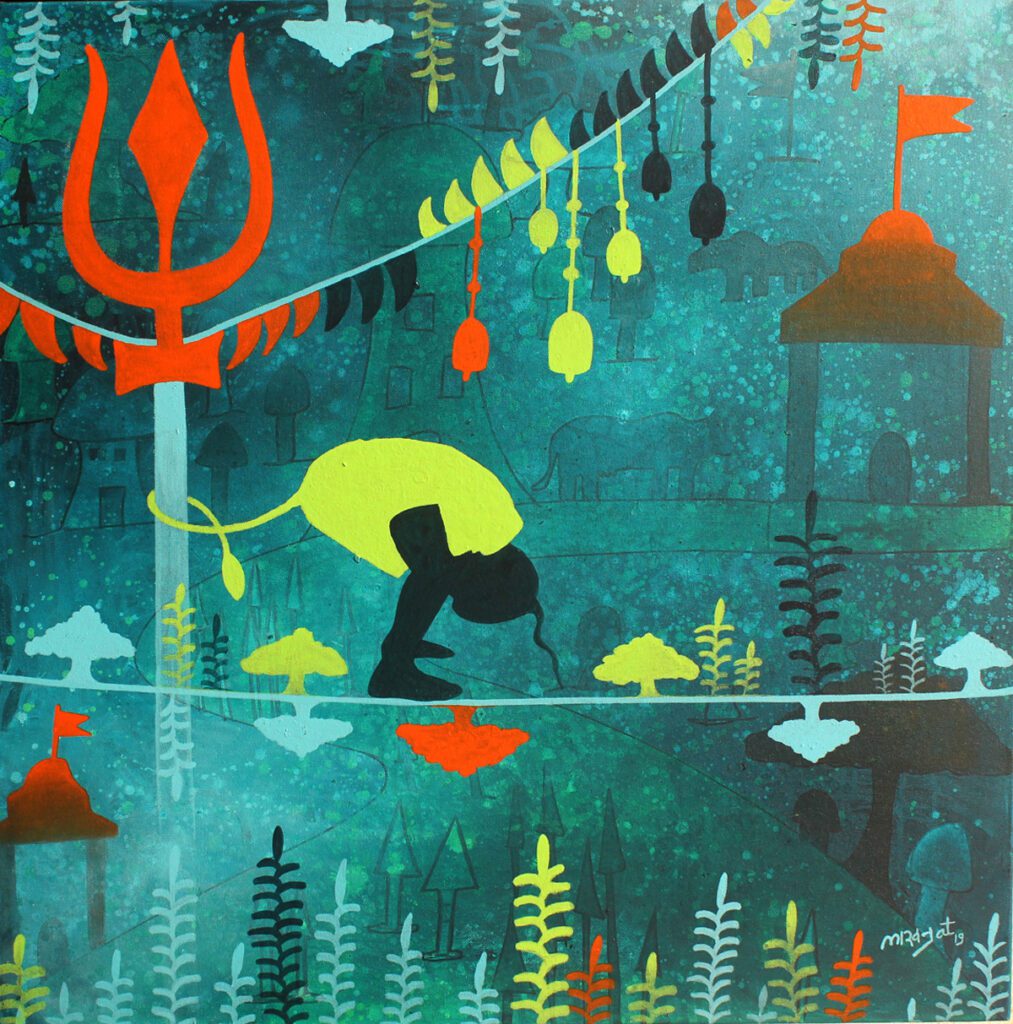
9. Don’t skimp on the oil paints
Particularly while working on an oil painting portrait, sometimes you may want a thin wash, and sometimes a thick stroke so as to achieve your desired effects. Doing so, always ensure that you use the right amount of paint to create the type of stroke you want. Never hold back on the paint at the expense of your artwork. So, next time you find yourself swirling a brush around a thin pool of paint on the palette, know that it’s time to remake that mixture.
10. Get hold of your palette knife
Remember that the palette knife is not just a trowel that you can use to mix paint. You can use it effectively to make stunning effects and sharp shifts in color in your artwork that is quite impossible to achieve with a paintbrush.
You will find the palette knife particularly useful for making textural and unpredictable strokes. For instance, if you wish to indicate some diffused sunlight peering through a dark cluster of trees, certainly the palette knife is your ‘go-to’ tool.
Even for scraping away paint to fix errors or add details, the palette knife can really shine enabling you to quickly scrape away paint from the canvas to clear an area where you went wrong.
